And now, for something completely different, we go back in time a quarter of a century, while heading for Central America. Base Aérea HCM at La Ceiba in Honduras, to be precise.
Text: Emiel Sloot
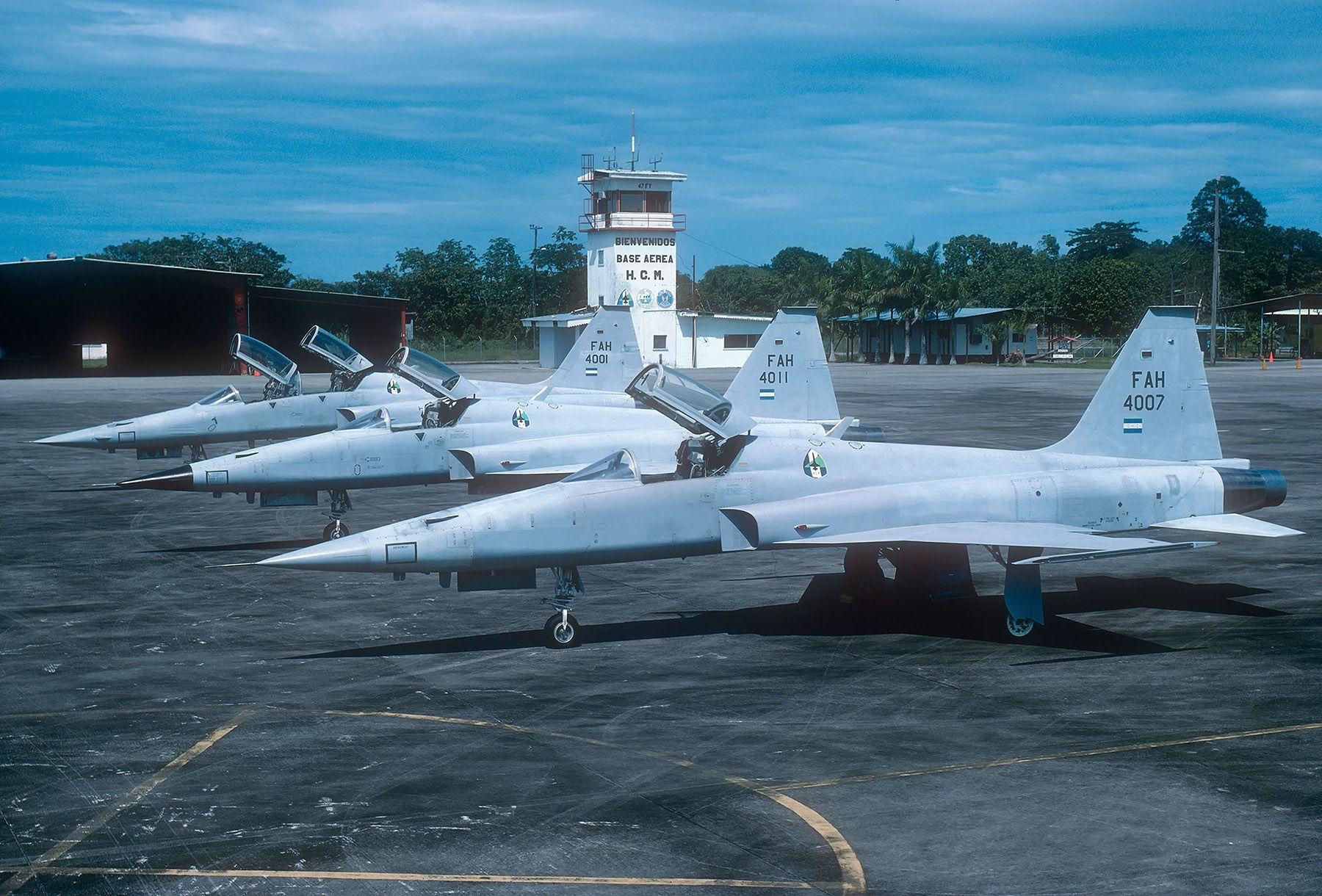
Just before the turn of the millennium, we visited the Honduran air force on a few occasions for the coverage on this Latin American air arm in a photo report. This was published in a number of aviation magazines that were around back then. An example of such an article can also be found in the reviews section of this website, down below in the archives.
Recently, we got in touch with a relative of a former fighter pilot and instructor of the Fuerza Aérea Hondureña. It is very well possible that we have met him during our visits, as he was the commander of the fighter unit based at Base Aérea Coronel Hector Caraccioli Moncada (HCM) at La Ceiba, on the northern coast of the country. Via his son Alex Sosa, we talked about his career with the Honduran air force, while receiving some interesting images to illustrate this.
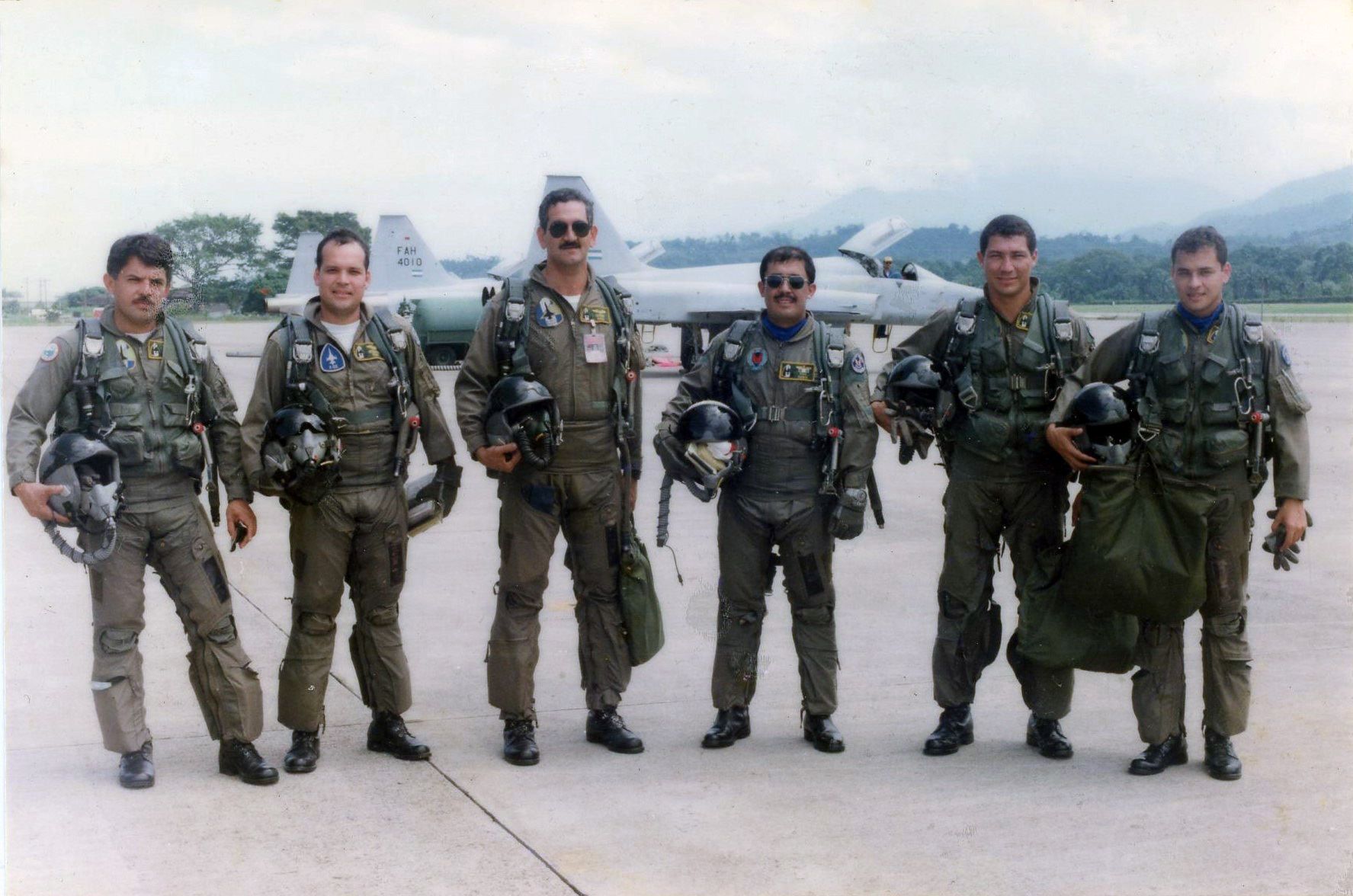
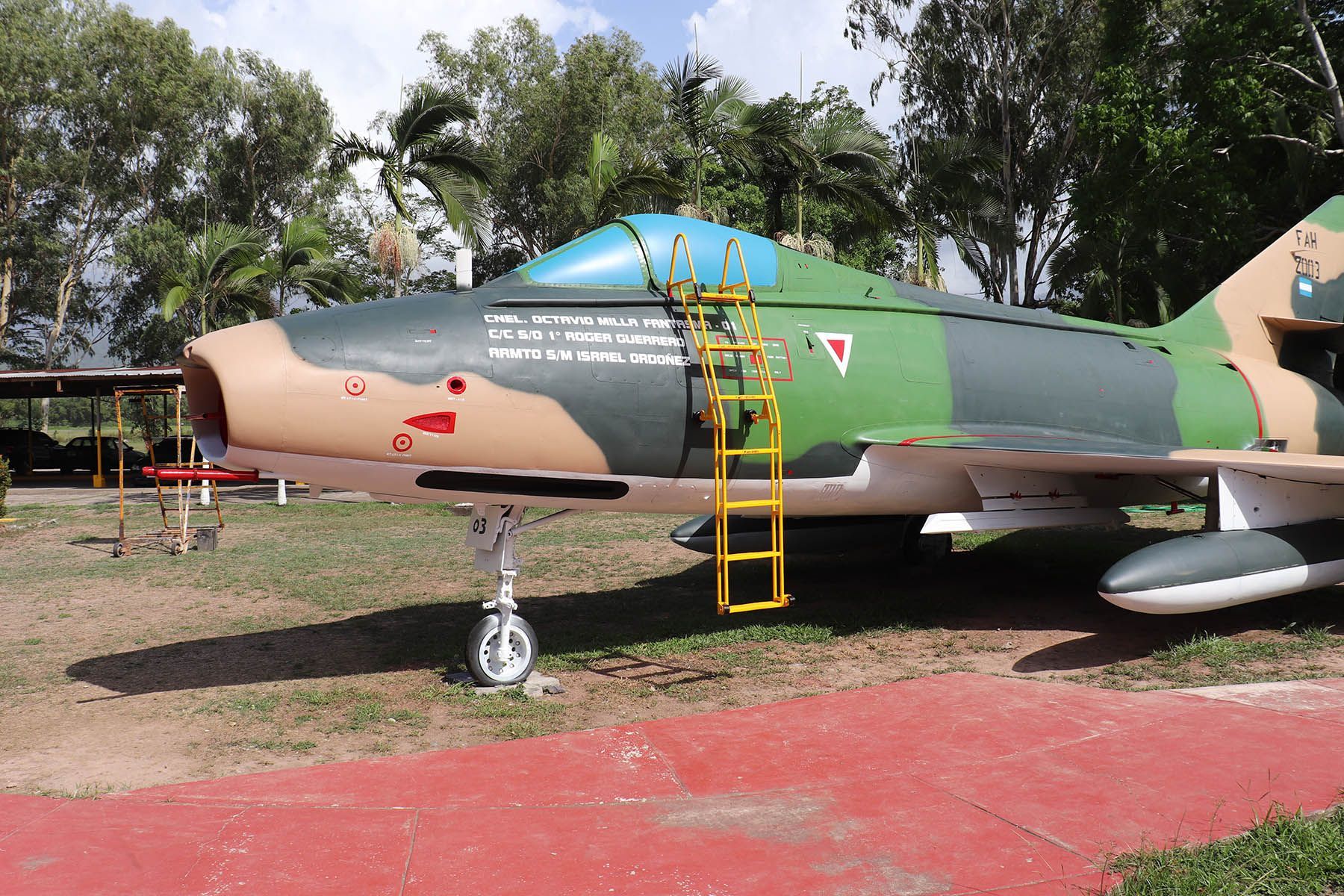
Flying training starts
Before discussing his days at La Ceiba, retired Colonel Francisco Sosa Mass sheds a light on the start of his military flying career. “I joined the air force back in early 1974 by attending the Escuela Militar de Aviación at Base Aérea Hernan Acosta Mejia (HAM) in our capital, Tegucigalpa. Following two months of ground school, my first familiarization flight on the Cessna T-41 Mescalero took place on 30 April 1974, while going solo on 12 June. Following this basic phase of flying training, I moved on to the next, advanced phase while flying the North American T-28A Trojan. Both phases included basic and advanced formation flying, instrument flying and refresh sessions, day and night navigation, as well as aerobatic manoeuvres. Also, live bombing and gun strafing training missions were carried out with the Trojan.”
After completion of these phases on 28 November 1975, Sosa moved on Base Aérea Coronel Armando Escalón Espinal (AEE, locally known as La Mesa) near San Pedro Sula, for continuation of his training on the Cessna A-37B Dragonfly. The first of these light attack planes would be delivered to Honduras by early 1976, eventually 17 (O)A-37Bs were taken into service. When his training here had ended on 1 May 1976, he was posted to the same location to be assigned to the Primer Grupo Táctico (1st Tactical Group). His class consisting of only four new cadets was the first batch of Hondurans that were specifically trained and graduated to fly the new A-37s.
On his time at La Mesa, Sosa mentions: “Following my graduation, I was transferred to Base Aérea Coronel Armando Escalón Espinal, that housed all of our most important aircraft at the time. I would remain posted here until 1978, until a new air base was opened that was under construction near La Ceiba. Starting off with the A-37B, I mostly flew regular sorties on an almost daily basis. Since these aircraft had just shipped in from the United States, these were mostly relegated to training our new jet pilots, but also to do live gun and bomb runs at the various practice firing ranges available to the air force.”
“During the second half of the 1980s, Honduras was involved in an arms race with neighbouring El Salvador, since they were acquiring Dassault Ouragan fighter jets from Israel. In our turn, Honduras initially obtained four North American F-86K Sabres from Venezuela and ten Canadair CL-13 Sabre Mk 4s from Yugoslavia. Along with several others, I would be assigned to the Sabre Mk 4 squadron. Due to the lack of jet trainers at the time, we were only required to do a single transitional flight on the Lockheed T-33A T-Bird before moving on to the Sabres. The main purpose of this squadron was to form a deterrent and show-of-force towards El Salvador, in case tensions would rise like earlier in 1969 resulting in the so-called 100 Hour War between our countries. I would continue to fly the Sabre for some eleven months in 1977, before our main acquisition arrived in the form of Dassault Super Mystère B2 fighters,” says Sosa.
The Honduran Sabres would continue flying until late 1985 when these were officially retired.
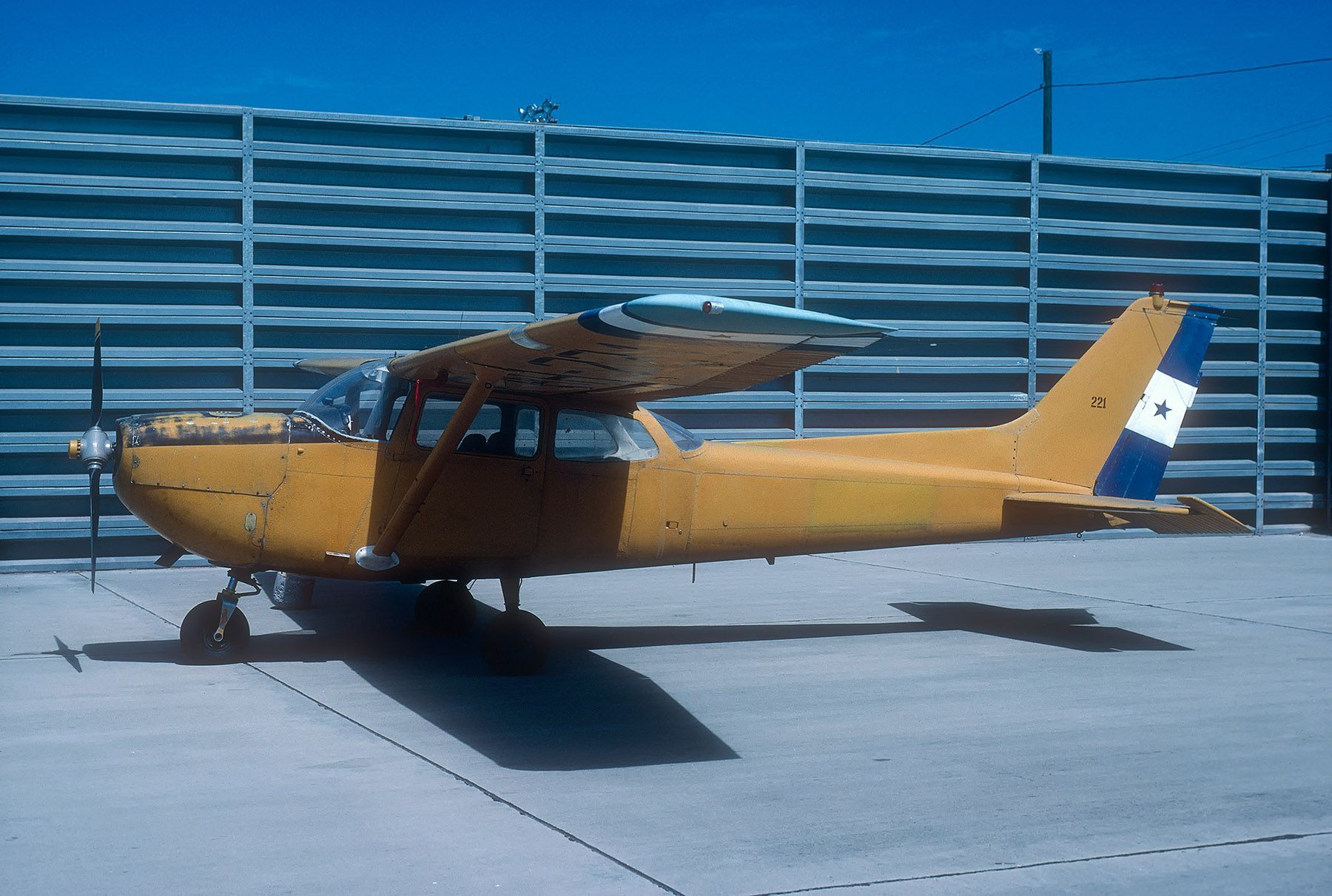
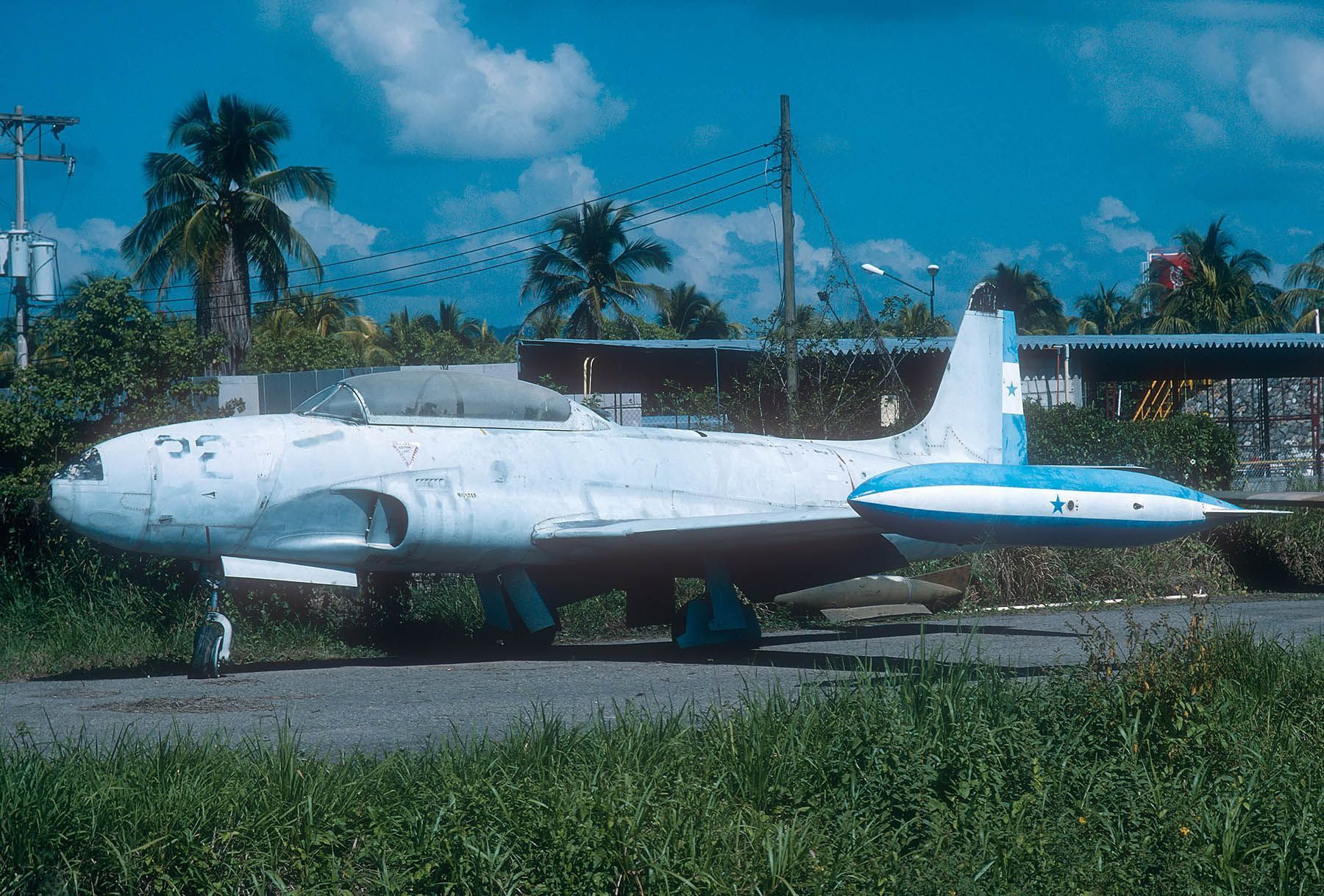
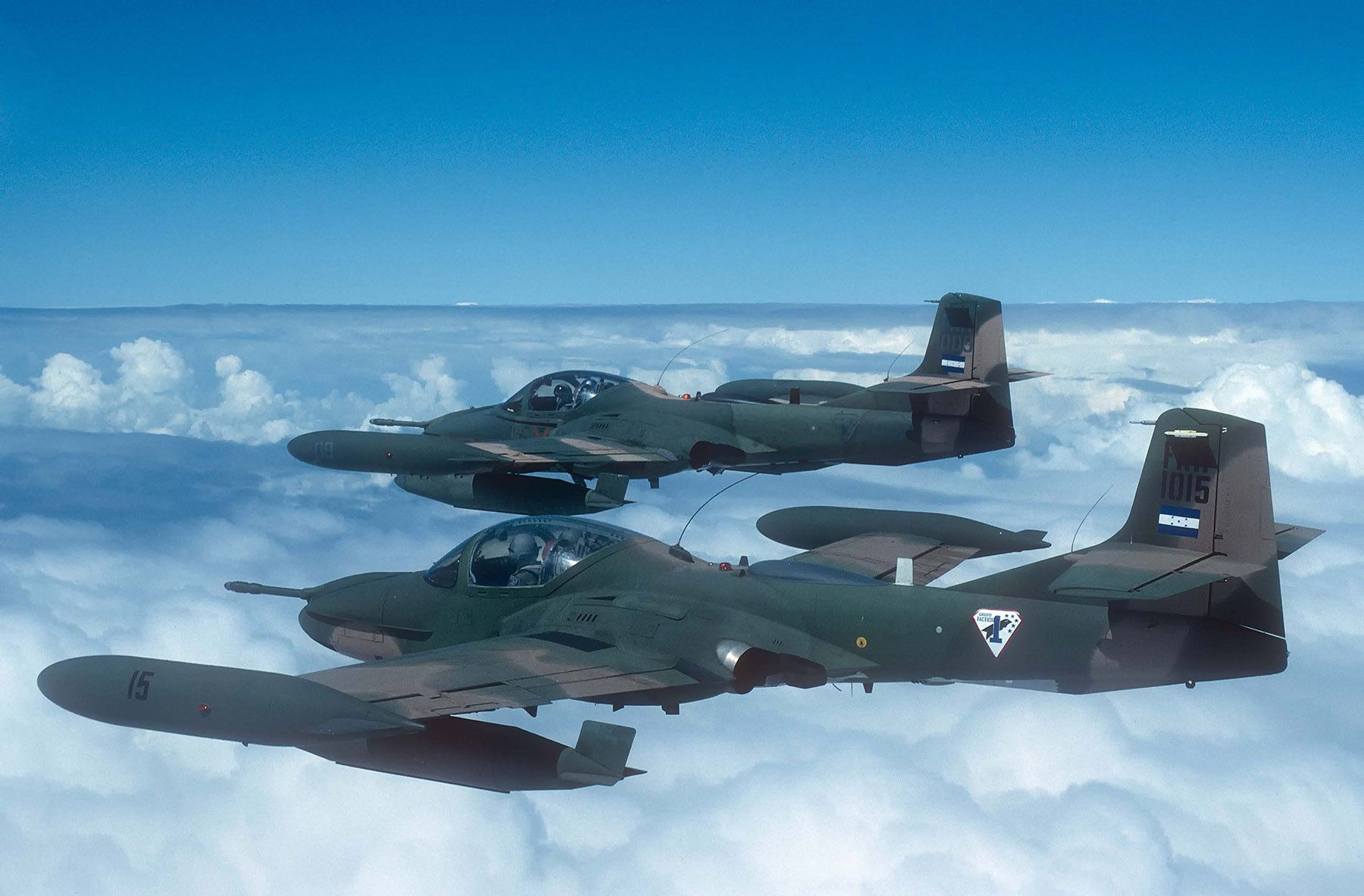
Super Mystère
From 1976, the Honduran air force would receive sixteen Super Mystère B2 aircraft from Israel. These would operate out of the newly constructed base at La Ceiba called Coronel Hector Caraccioli Moncada (HCM). Like the Sabre, this French-built aircraft does not come with a two-seater for training purposes. Sosa recalls how his conversion to the SMB2, as this aircraft is commonly referred to, was set up by late 1977.
“In order to be qualified to fly the SMB2, pilots needed at least 300 to 400 hours of flight in both piston-engined and jet aircraft. Most of these hours were flown in A-37s, but at a later stage it was also required to have flown Sabres for a minimum of seven months before one could move on to the SMB2. Nevertheless, I only logged about 25 Sabre flight hours as most of my time on jets was on A-37s. My Super Mystère flight instructor was LtCol. Shlomo Shapira from Israel. Essentially before taking an SMB2 to the air for the first time, the Israeli instructor would have us do the standard procedures such as starting up the aircraft and taxi along the runway, while the instructor was hanging on the side by the climbing ladder. Then, he would board another jet whereafter both student and instructor would take off and just get the feel of the aircraft. SMB2 basic training lasted about two weeks, before the Israeli instructor found us fit and competent enough to fly it ‘solo’. Later, I was hand-picked by LtCol. Shapira to become an SMB2 flight instructor myself.”
Sosa remembers a nice remark made by his instructor. “Shapira told me that “with three more pilots like you, I’d be able to bomb every runway in Egypt and come back home”. Coming from a Yom Kippur and Six-Day-War veteran, this was one of the biggest compliments one could get.”
Only the first batch of Honduran crews were trained by the Israelis. Before returning home, they certified two pilots as SMB2 instructors to ensure training could be continued, being Sosa and Boanerges Torres who eventually retired as a Colonel also.
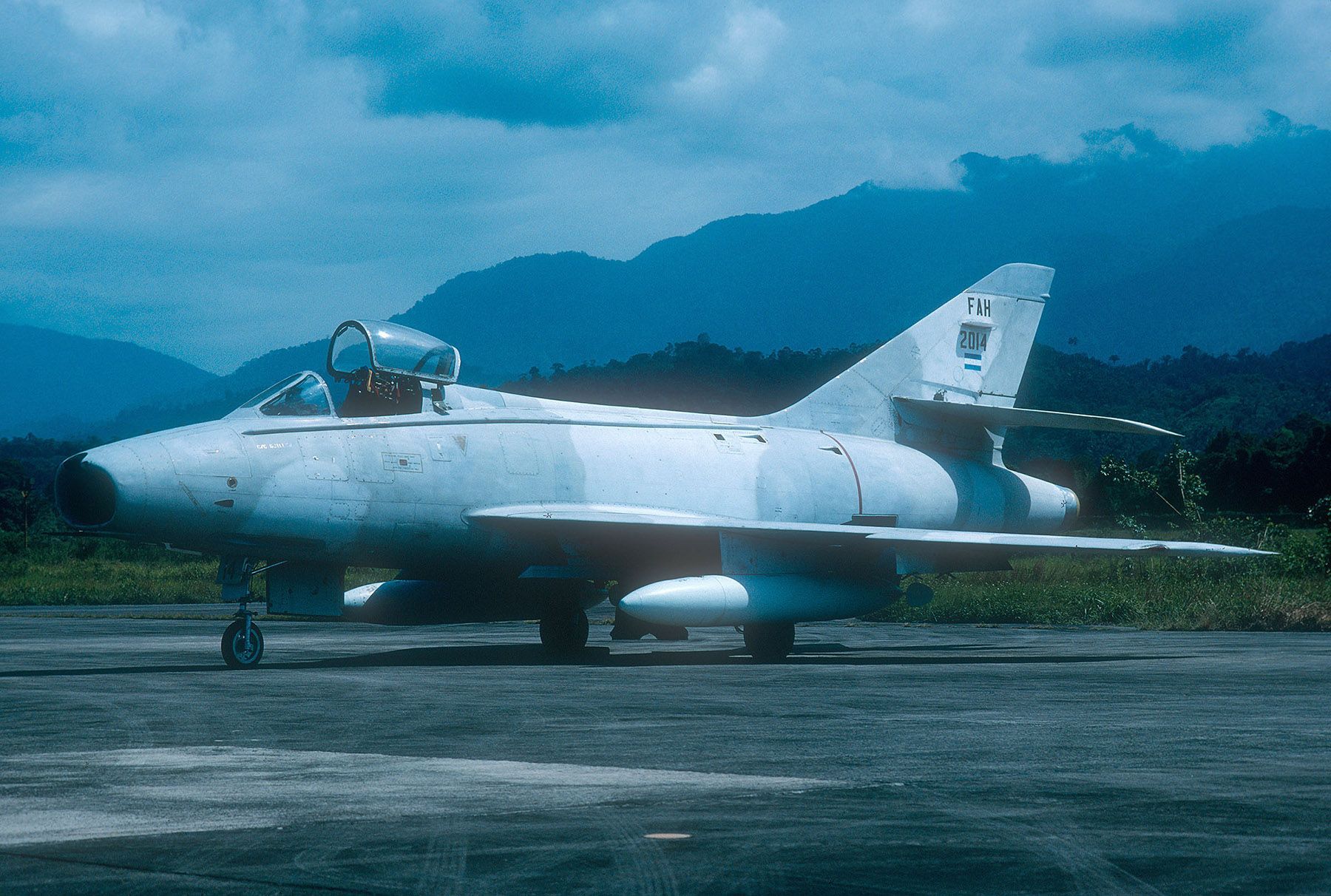
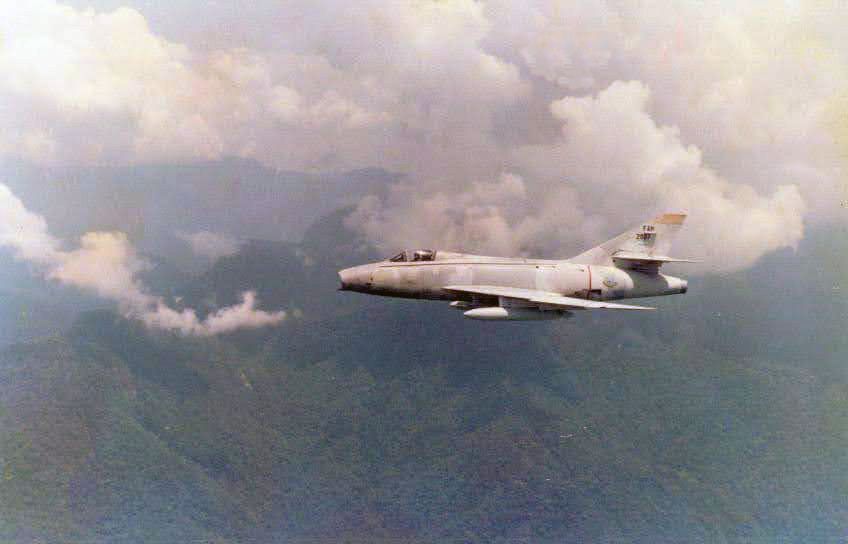
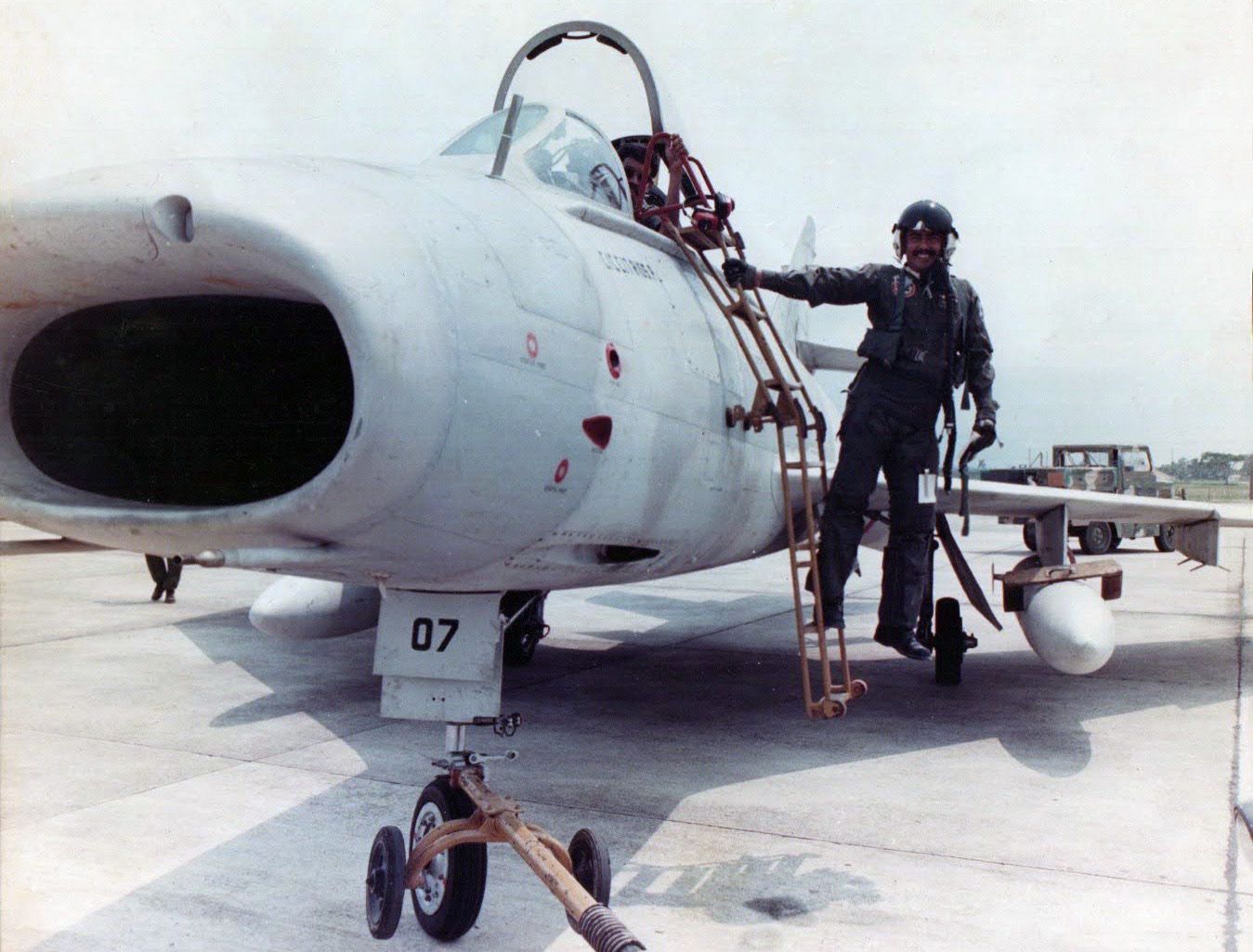
Nicaraguan encounter
Sosa would continue to fly the Super Mystères from Base Aérea HCM for a number of years, both operational and as flight instructor. A noteworthy mission took place in September 1985. At that time, tensions with neighbour Nicaragua were very high due to the latter making almost daily incursions into Honduras. Nicaraguan Sandinista forces tried to hunt down and kill so-called Contra soldiers that were being sheltered in Honduras. Several Honduran civilians were killed by the Nicaraguans in the process. This prompted a firm response from the Honduran air force.
“Two Super Mystères loaded with a couple of Shafrir-2 infrared air-to-air missiles and drop tanks were dispatched from Base Aérea HCM. These would fly top cover for a pair of A-37Bs loaded with four 500lbs Mk 82 bombs operating from Base Aérea AEE. Both formations would link up while still in Honduran airspace. I was leading the SMB2 flight, while my wingman was Lt. Lopez Fiallos. Our target was located near a village called Wiwili, some twelve miles south of the border. In this remote area, Nicaragua had set up some newly-built military barracks protected by four AAA guns. The main reason that the SMB2s were dispatched as air cover was because at that time there were strong rumours that Cuba was going to ship an undisclosed amount of MiG-21s to Puerto Cabezas on the eastern coast of Nicaragua. The United States and Honduras had already placed a joint embargo and to enforce this, SMB2s flew daily air patrols up to 200 miles over the Caribbean to prevent either Cuban or Soviet vessels from delivering any military aid to Nicaragua."
"Anyway, back to the mission. After both flights linked up, we were given coordinates to make sure the package was delivered. Right after crossing the Rio Coco river into Nicaraguan territory, I spotted a formation of nine Mi-8 helicopters loaded with rocket pods and a trailing Mi-24 attack helicopter. I assumed we were spotted or heard by the helicopter formation, because all of them suddenly started flying in a ‘zigzag’ pattern. My wingman Lt. Lopez broke formation and went after the Mi-24, while I followed in pursuit. Lopez fired and shot down the Mi-24 with a Shafrir missile, whereafter I shot and heavily damaged one of the Mi-8s. When arriving at the target, both Lopez and I neutralized a couple of AAA guns before the A-37s came in to drop their bombs. Unfortunately one of them was unable to drop its payload due to a jam.”
After this incursion, Sosa was assigned as squadron leader and deployed to the centrally located Base Aérea Soto Cano near Comayagua for a certain period, in case the SMB2s needed to be dispatched for another operational mission. However, following the mentioned strike, Nicaraguan forces halted their incursions into Honduras.
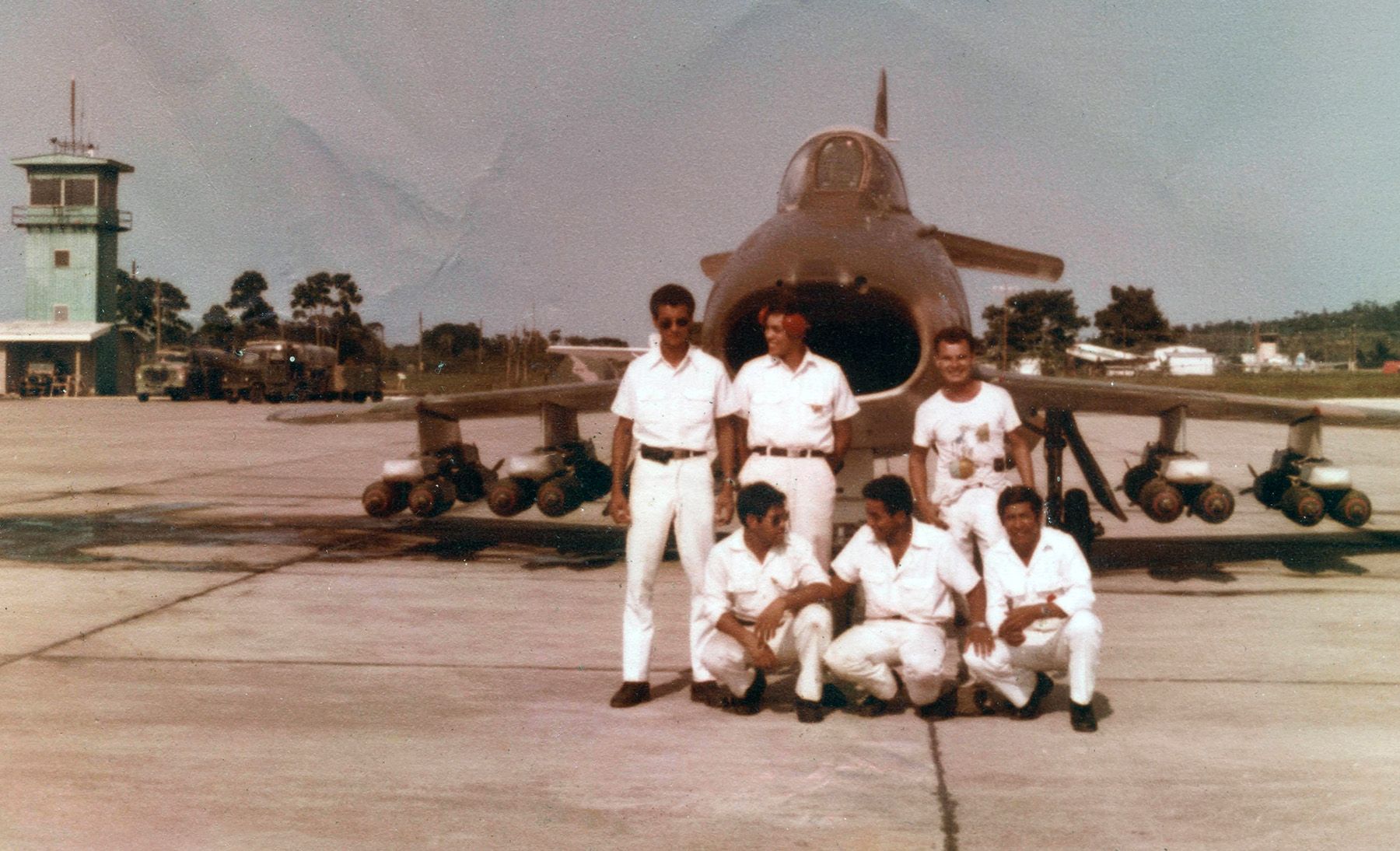
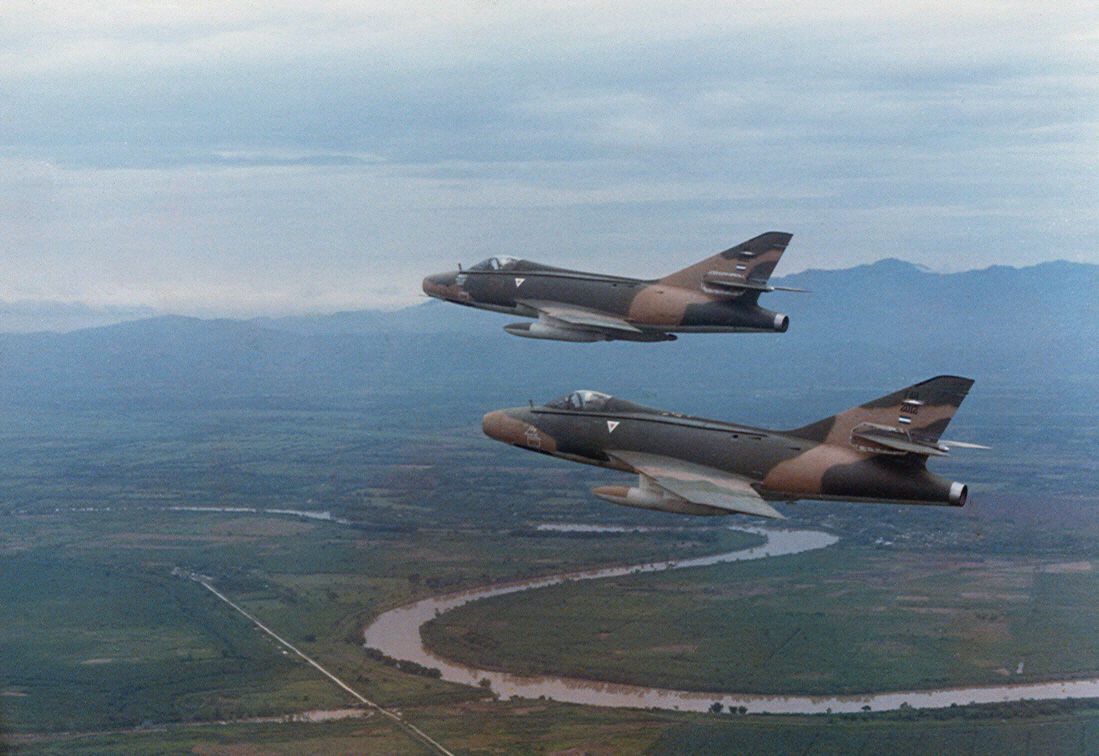

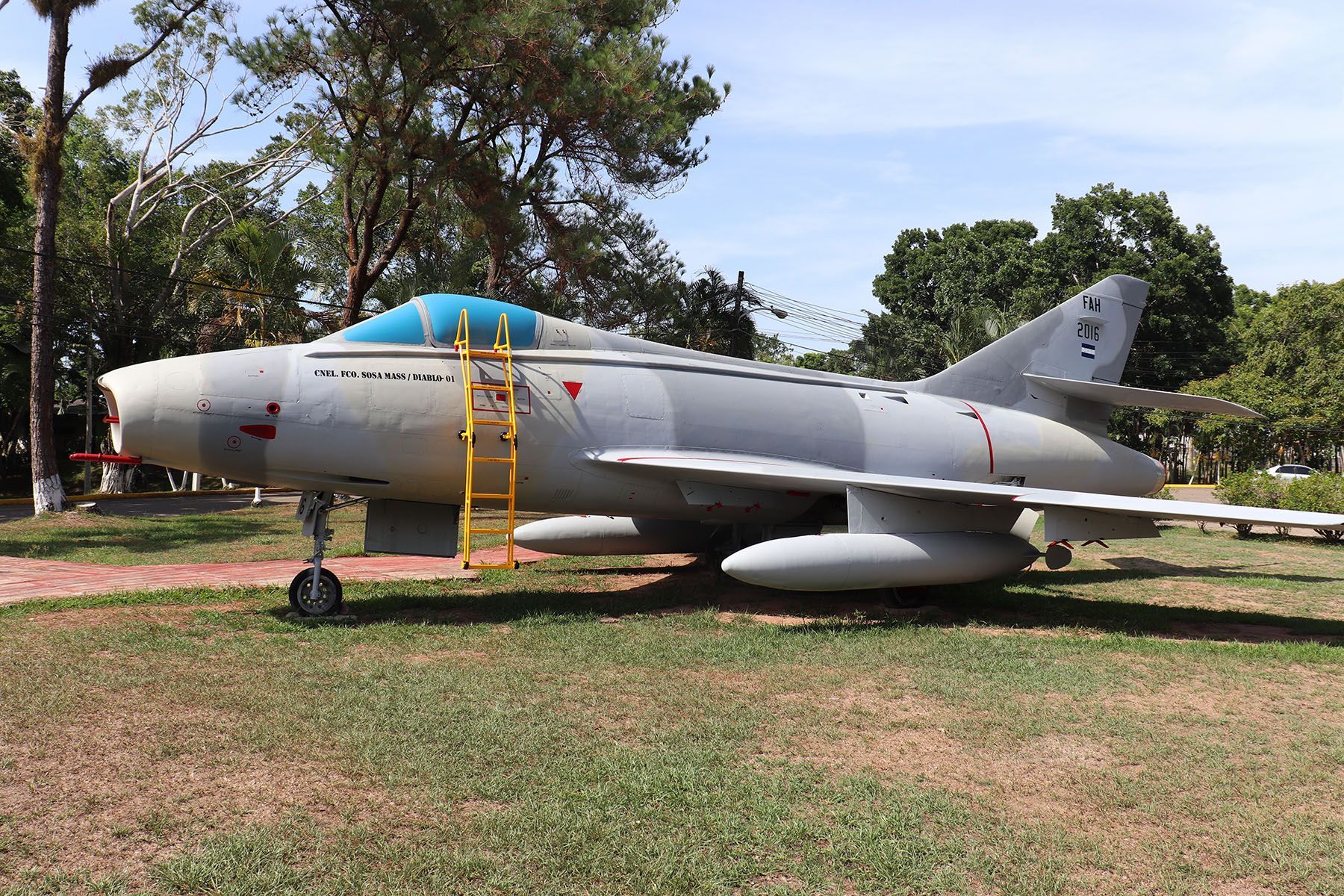
Tigers arrive
To augment the fighter fleet, the Fuerza Aérea Hondureña bought ten Northrop F-5E and two dual-seat F-5F Tiger II aircraft in 1987, being refurbished former US Air Force aircraft. Like before with the A-37 and Super Mystère, Francisco Sosa Mass was one of the first Honduran pilots to receive training for the new type.
“By the end of 1987, I was sent to the United States together with Col. Octavio Milla to do the F-5E course while our new aircraft were delivered to Honduras. Until retiring from active flying duty in 2001, I would continue to fly the F-5. Likewith the SMB2 we flew regular air patrols, but operational action consisted mostly of intercepting drug smuggling aircraft originating from Colombia. Our squadron actually shot down a few of these. After some time, I became a certified instructor and trained several new F-5 pilots.”
As member of the fighter squadron at Base Aérea HCM, Sosa’s personal call sign was ‘Diablo 01’. On 14 April 1996, a devil marking was painted on an F-5E (serialled FAH 4005), just prior leading an eight-ship formation over Tegucigalpa to celebrate the Dia de las Americas or Americas Day. The marking remained applied for some four months.
Although the Tiger being more modern aircraft, the Super Mystère B.2 was very popular and much appreciated among Honduran crews. Sosa explains: “Unlike the F-5, flying the SMB2 felt like driving a Cadillac. Compared to the Tiger, it wasn’t a stiff aircraft to fly and it simply looked better and bigger, which is something that almost every SMB2 pilot would agree on. Many newer generations regretted not having the opportunity to fly a rather unique aircraft that only Honduran pilots flew on this side of the world.”
The Super Mystères were withdrawn from service in January 1996 due to a lack of certain spares, particularly the cartridges related to the ejection seats that became overdue. Although for some time, part of the fleet was kept in a certain condition to be able to operate these again in case the spare issues would have been solved, this never materialised.
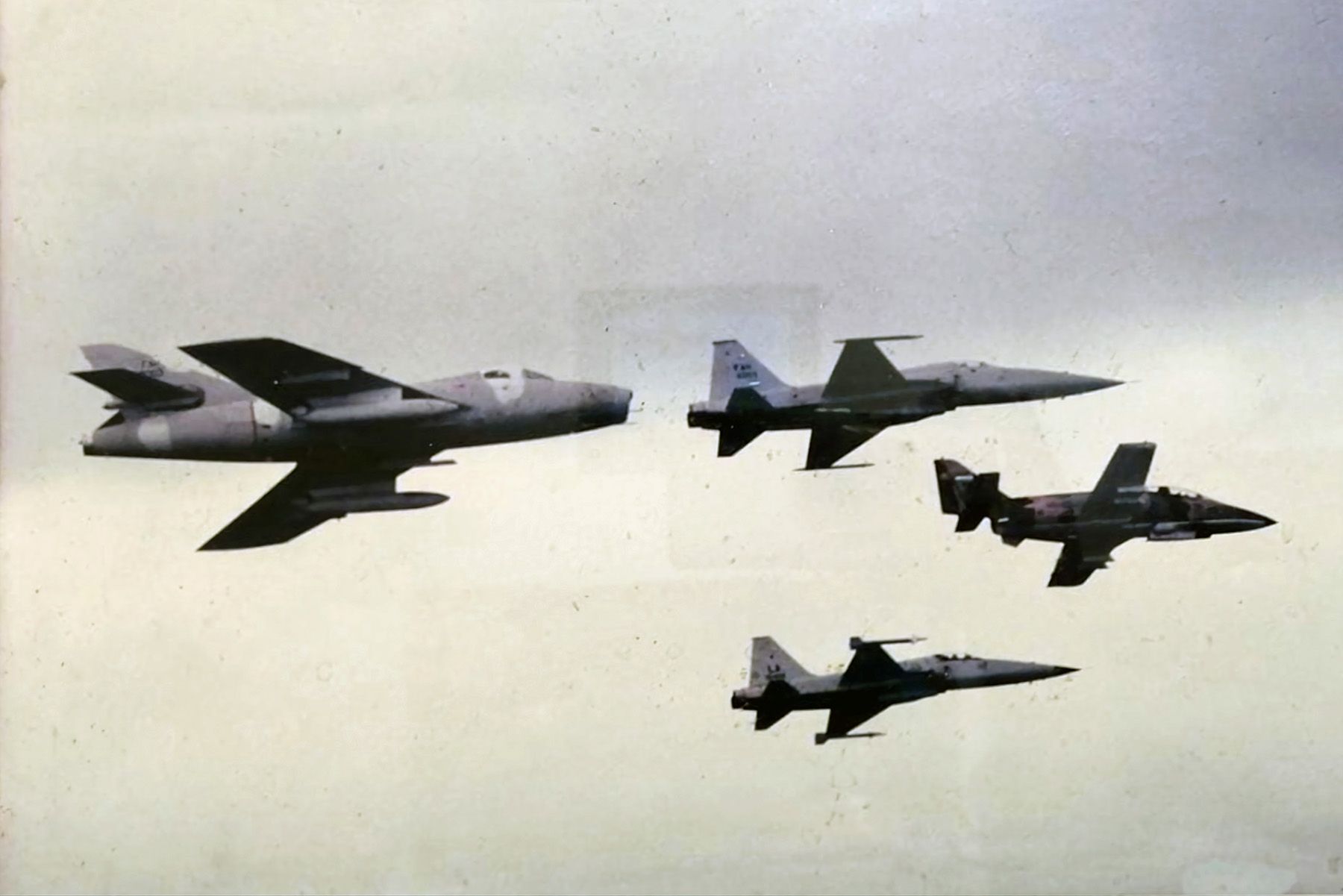
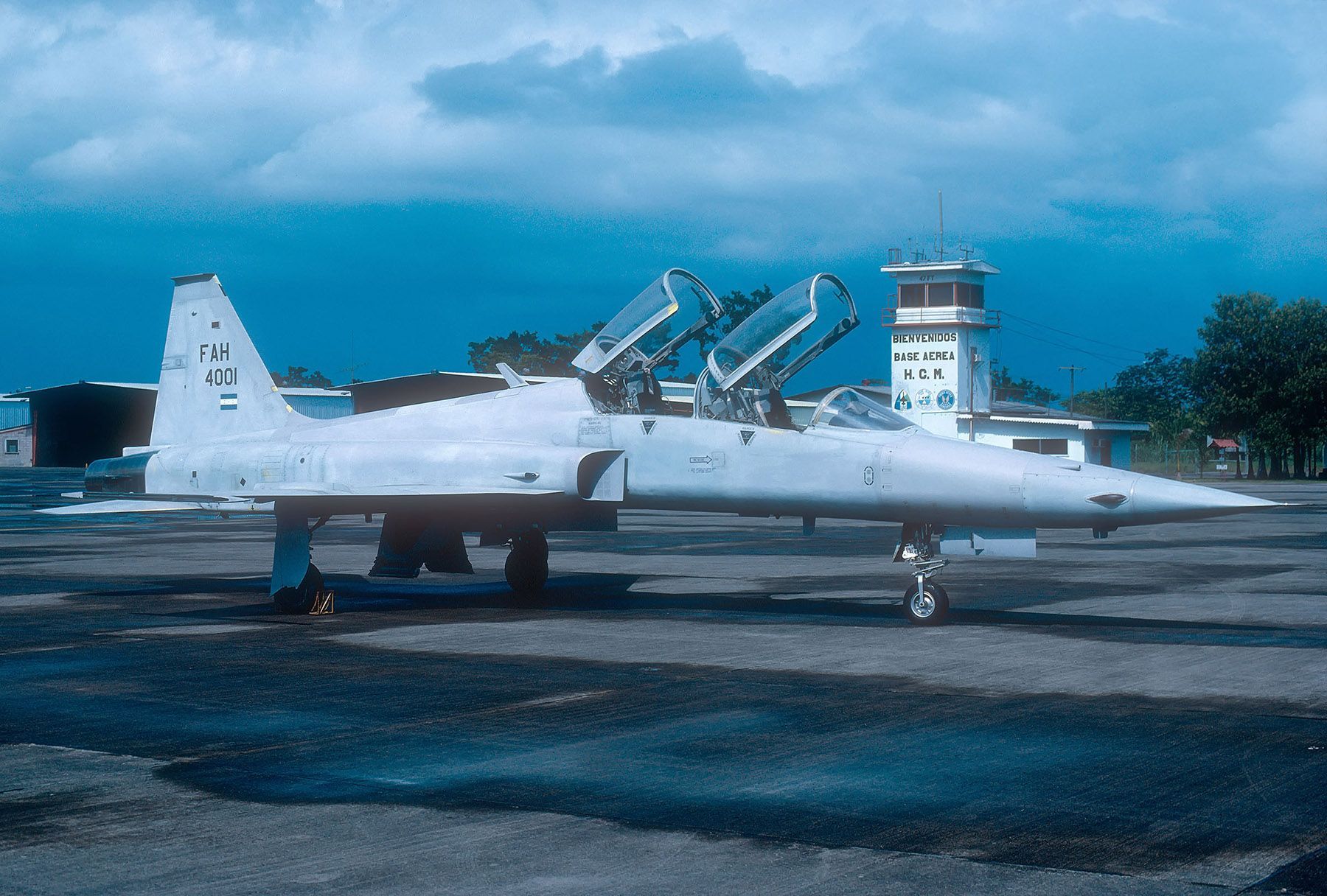
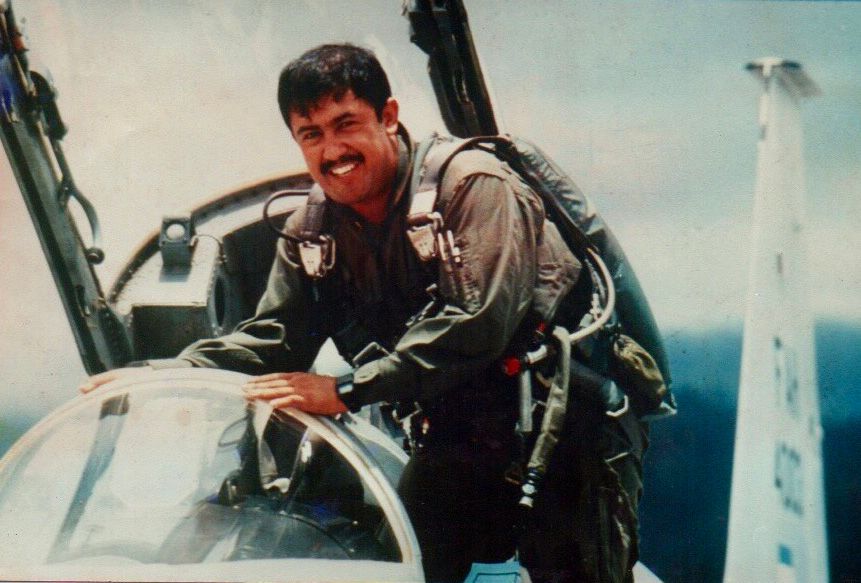
Retiring
Col. Sosa’s final ‘fini’ flight with the FAH occurred on 8 August 2001, when he touched down his F-5E at La Ceiba for the last time. He then was promoted to Joint Chief of Staff at Base Aérea HCM, however this desk job turned out to be unsatisfactory after such a long active flying career, so Sosa decided to retire from the air force in 2003. In total, he had logged around 7,000 hours of flight, an impressive number that covered a wide range of aircraft including trainers (T-41B/D Mescalero; T-28A Trojan; T-33A T-Bird; Embraer 312/T-27 Tucano and CASA 101 Aviojet); fighter/bomber aircraft (A-37B Dragonfly; Sabre Mk 4; Super Mystère B2 and F-5E/F Tiger II); and various transport and liaison aircraft (C-47D Dakota; Cessna 185; Rockwell Commander 114; Beech 95-B55 Baron and Aero Commander 500).
His flying career would continue though. In May 2003, he started flying LET-410UVP/E aircraft for the local Aerolíneas Sosa (not related, by the way), and thereafter would join several other domestic airlines in Honduras as well as Haiti. Returning to his homeland for good in 2012, he joined Lanhsa (Línea Aérea Nacional de Honduras SA) while flying their BAe Jetstream 31s, until its very last flight on 3 June 2016.
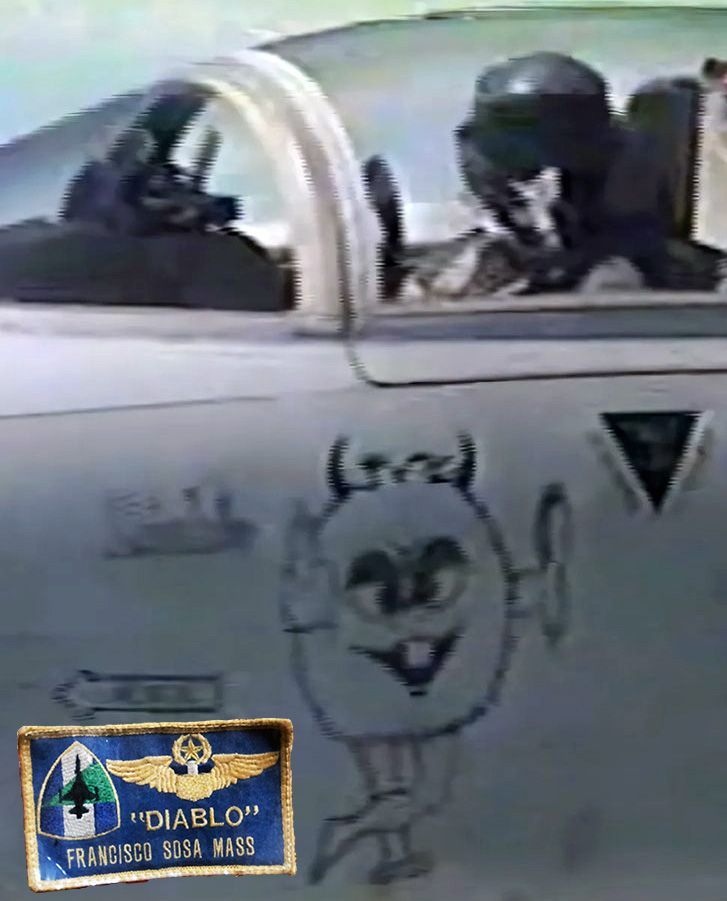
That concludes this article showing an interesting insight in the Honduran air force at the turn of the century. Many thanks to former Colonel Francisco Sosa Mass, as well as his son Alex for relaying and translating the information and supplying the images. ■